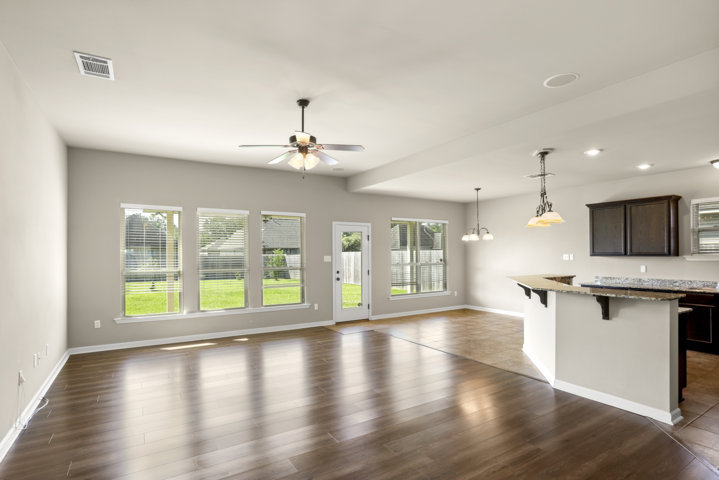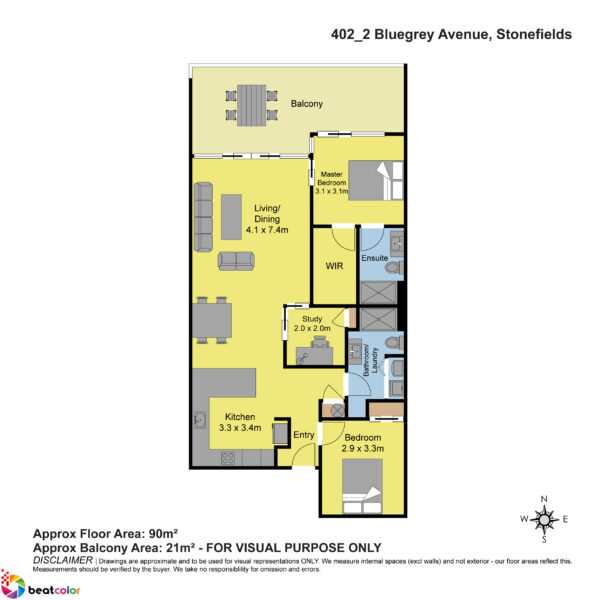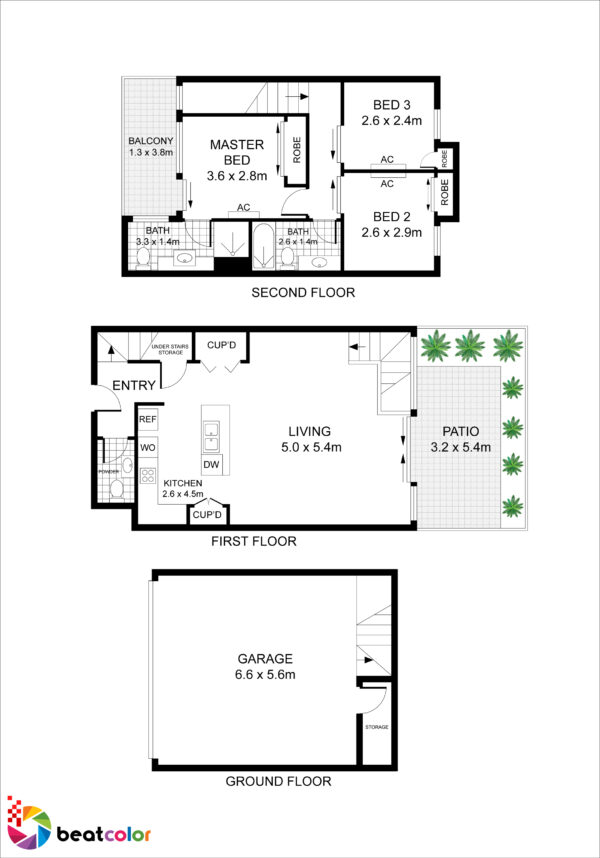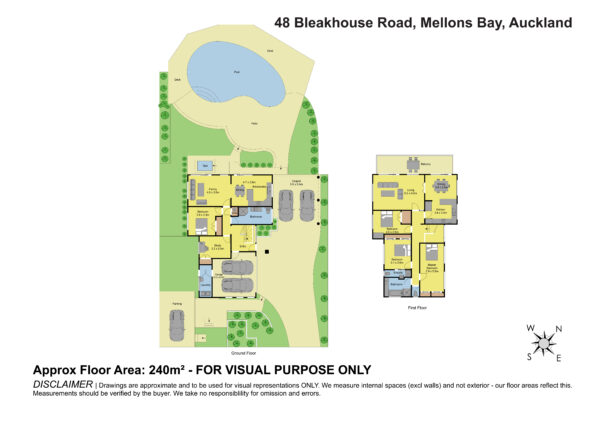Avoid Bad Virtual Staging Mistakes to Tank Sale
Truth: Although Virtual Staging is a powerful tool for real estate marketing, there are some common virtual staging mistakes that people tend to make while using it. But don’t worry, we’ve got you covered. In this post, we’ll discuss the five virtual staging errors and provide several tips on avoiding them to ensure a smooth and successful sale. Let’s get started!
Top 5 Common Virtual Staging Mistakes to Avoid
Virtual staging is the process of using digital software to place furniture and decor in a vacant room to create a more appealing look for potential buyers.
For real estate agents, virtual staging is frequently a more affordable, lower-touch, remote alternative to traditional staging. However, if it’s your first time using virtual staging, it’s crucial to avoid frequent virtual staging mistakes. Below are some typical examples of virtual staging pitfalls.
#1: Using Unrealistic Furnishings
One of the biggest mistakes in virtual staging is using furnishings or decor that look unrealistic or too luxurious for the actual property. If the staged photos set unrealistic expectations, buyers may feel disappointed or misled when they visit the property in person.
Honesty and transparency regarding the property’s condition are crucial when listing a property for sale. These days, many people buy homes without ever seeing them, so virtual staging is essential to how the home is presented. So, don’t overdo “virtual staging”. Keep it simple and realistic to avoid overwhelming the viewer.


To avoid it, you should use furniture and decor that match the style, scale, and price range of the home. This helps set realistic expectations and ensures a seamless transition from the virtual tour to the physical walkthrough.
#2. Poor Furniture Placement
The living room is typically the first area to tackle while visually staging a home. To start, it’s important to define a focal point and arrange the furniture around it. A stunning view, a TV, a console, or a fireplace can all serve as the main point.
Placing the sofa toward the room’s entrance and two chairs opposite it to balance the area is a common layout that works well in most living rooms. This opens up the room and draws attention to the main asset of the room, giving you the most pleasing view of the sofa.
Ensure that the area rug is positioned in the same direction as the sofa, centered on the focal point and the sofa. Therefore, your living room will have a cohesive and inviting look.
Avoid pushing all of your furniture against the walls if your living room, diniroperty’s actual features. So, how to avoid it? Let’s keep virtual staging simple and focus on showcasing the property’s best attributes. Highlight spaciousness by using fewer pieces of furniture and opting for a minimalist design. Below is a good example to refer:

#3. Unrealistic Scale and Proportions
It’s important to make sure that the scale and proportions of the virtual staging match real-world dimensions. Oversized furniture or mismatched dimensions can create an untrustworthy image, ultimately hindering the effectiveness of the staging. If the staged items are too big or too small for the space, this can create an unrealistic virtual stage.
Therefore, ensure accurate measurements and careful attention to detail are essential. It reflects the true size and layout of the space, fostering a sense of realism and trust among potential buyers.
#4. Poor Lighting and Shadows
Poor-quality images or inconsistencies in lighting and shadows can make the staging look unprofessional, raising doubts about the property and the seller. Insufficient or unrealistic lighting can significantly affect the overall quality of a virtual stage. So, it’s important to consider the positioning of lights, their brightness, and the shadows they produce to achieve a realistic and visually appealing environment.

If you are not confident to edit the real estate photos by yourself, it’s a good idea to outsource your pics to someone reliable. Professional real estate photo editing images will know how to handle, edit in a fast and magnificent way.

Real Estate Photo Editing Service by BeatColor
=> Read more: Top 5 Expert Digital Photo Editing Services of 2024
#5. Lack of Attention to Detail
The devil is in the details, and this couldn’t be truer for virtual staging. While placing furniture and creating an appealing layout is a good start, neglecting details can undermine the entire effort. Why? Just because neglecting details can lead to mismatched textures, inaccurate lighting, and shadow simulations. The result is a virtual staging that feels artificial and lacks the authenticity needed to truly captivate potential buyers.
To avoid this staging design flaw, virtual staging professionals must go beyond the basics. They need to carefully select high-quality assets, meticulously consider the room’s style and decor, and perspective. Adding personal touches like books, plants, or artwork can further enhance the realism and create a sense of lived-in comfort.

Ultimately, it’s the attention to detail that transforms a virtual staging from a mere visual representation into a truly immersive experience that inspires potential buyers to envision themselves living in the space.
Final Thoughts:
Virtual staging is an excellent way to showcase a property’s potential, but it’s essential to do it right. By avoiding these common mistakes, you will create a compelling visual presentation that attracts buyers and helps sell the property faster.
- Work with Professionals
- Use High-Quality Images
- Maintain Consistency
- Be Honest with Representations
Finally, the goal of virtual staging is to enhance the appeal of the property, not to mislead potential buyers. With thoughtful execution, virtual staging can be a game-changer in your real estate marketing strategy.
=>Related post: Maximize Real Estate Marketing Success with Virtual Staging!









